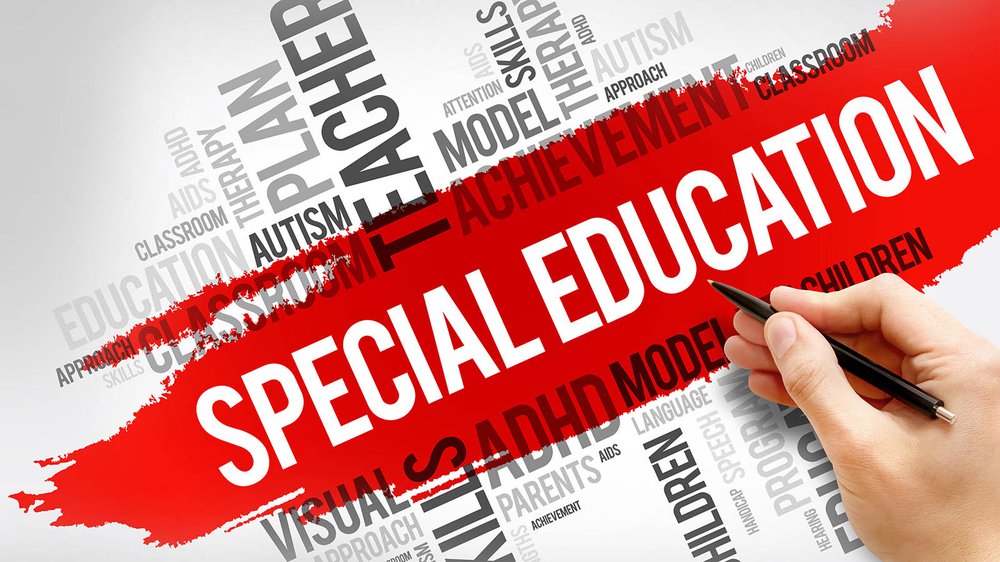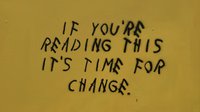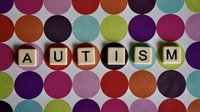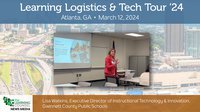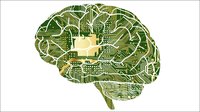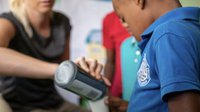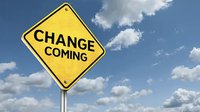Why having too many or too few special education students matters – By Kara Arundel, K-12 Dive
The improper identification of special education students was a concern to Lauren Katzman and many others before the pandemic. Now, after a year of millions of students collectively experiencing lost instructional time, fluctuating learning formats, social isolation and trauma, the angst about special education misidentifications has grown, said Katzman, executive director of the Urban Collaborative, a network of school districts working to improve outcomes for students with disabilities.
“I do worry about it a lot,” she said. “I believe coming back to school from the pandemic could exacerbate this, but it’s not a new issue.”
Indeed, special education — or more accurately the Individuals with Disabilities Education Act, the federal law that ensures a free appropriate public education to students with disabilities — has guardrails against improper identifications, including the requirement to monitor classifications that disproportionately impact students based on race.
But it’s not a perfect system, and some of the practices for identifying students for special education are subjective, Katzman said. Additionally, a common myth is that a special education identification can get a student more individualized support. If the identification is flawed, however, the student’s special education label could actually do more harm than good, she said.
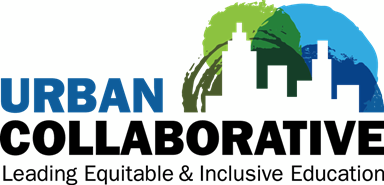
Nation’s skeletal school mental health network will be severely tested – By Kate Rix, the Hechinger Report
From loneliness and anxiety to severe or suicidal depression, the coronavirus’ mental health impact on youth has surged into its own epidemic, swelling the number of children’s visits to emergency rooms for mental health problems. National screenings show that children, adolescents and teens have struggled emotionally during the pandemic more than any other age group. More than one-third of teen girls and one-fifth of teen boys have new or worsening anxiety, according to a January poll by the C.S. Mott Children’s Hospital in Michigan.
But as waves of young people return to school, the system of mental health supports that await them remains patchy and overburdened.
As of 2018, each of the 37,000 school psychologists in the U.S. was responsible for an average 1,200 students, nearly double the recommended number. In some school districts, one psychologist is responsible for as many as 3,000 students, according to the National Association of School Psychologists.
The nation’s 43,000 school social workers were responsible for, on average, 1,200 students each, in 2018, according to data from the U.S. Bureau of Labor Statistics. That’s nearly five times the recommended ratio of 1-to-250. And millions of students attend schools where there is no social worker or psychologist.

At least 5 more states push critical race theory bans – By Matt Zalaznick, District Administration
Lawmakers in several more states have moved to ban the teaching of critical race theory with laws that set parameters for how educators teach current events and U.S. history.
The Texas Senate will likely forward a bill to Gov. Greg Abbot that The bill says teachers cannot be forced to cover current events and “must explore various view points without giving deference to either side,” The Texas Tribune reported.
The bill would also prohibit schools from “lessons that teach collective guilt or inherent racism,” The Texan reported.
“Texans roundly reject the ‘woke’ philosophies that espouse that one race or sex is better than another and that someone, by virtue of their race or sex, is innately racist, oppressive or sexist,” Texas Lt. Gov. Dan Patrick said in a statement when the bill was passed by the Texas House of Representatives. “These abhorrent concepts have erupted in our culture in an effort to divide us. Unfortunately, they are cropping up in Texas classrooms, even in elementary schools. ”
Dallas ISD Superintendent Michael Hinojosa said his district, which spent months developing an extensive equity policy, might have to take legal action if the bill becomes law, WFAA-TV reported.
At the very least, the district would need lawyers to help determine what could be taught in classrooms, the station reported.
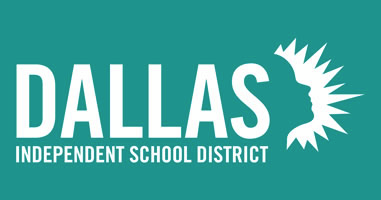
New law lets SC education chief fire boards after takeover – The Herald Sun
A new law in South Carolina allows the state education superintendent to fire the entire school board in districts where too many schools have been rated as “underperforming.”
The law, signed by Gov. Henry McMaster after easily passing the House and Senate, goes into effect in July 2022.
It allows the superintendent to declare a state-of-education emergency in school districts where 65% or more of the schools are rated “underperforming” for three straight years on the Department of Education's annual school report cards.
If the State Board of Education agrees with the superintendent on the emergency declaration, the district's school board is all fired and state officials will get at least six years to take over the district and try to improve it.
The state is currently running districts in Allendale County for a second time as well as in Williamsburg County and Florence District 4. Current Education Superintendent Molly Spearman said the experiences so far led her to ask lawmakers to add the provision to get rid of school board members.


